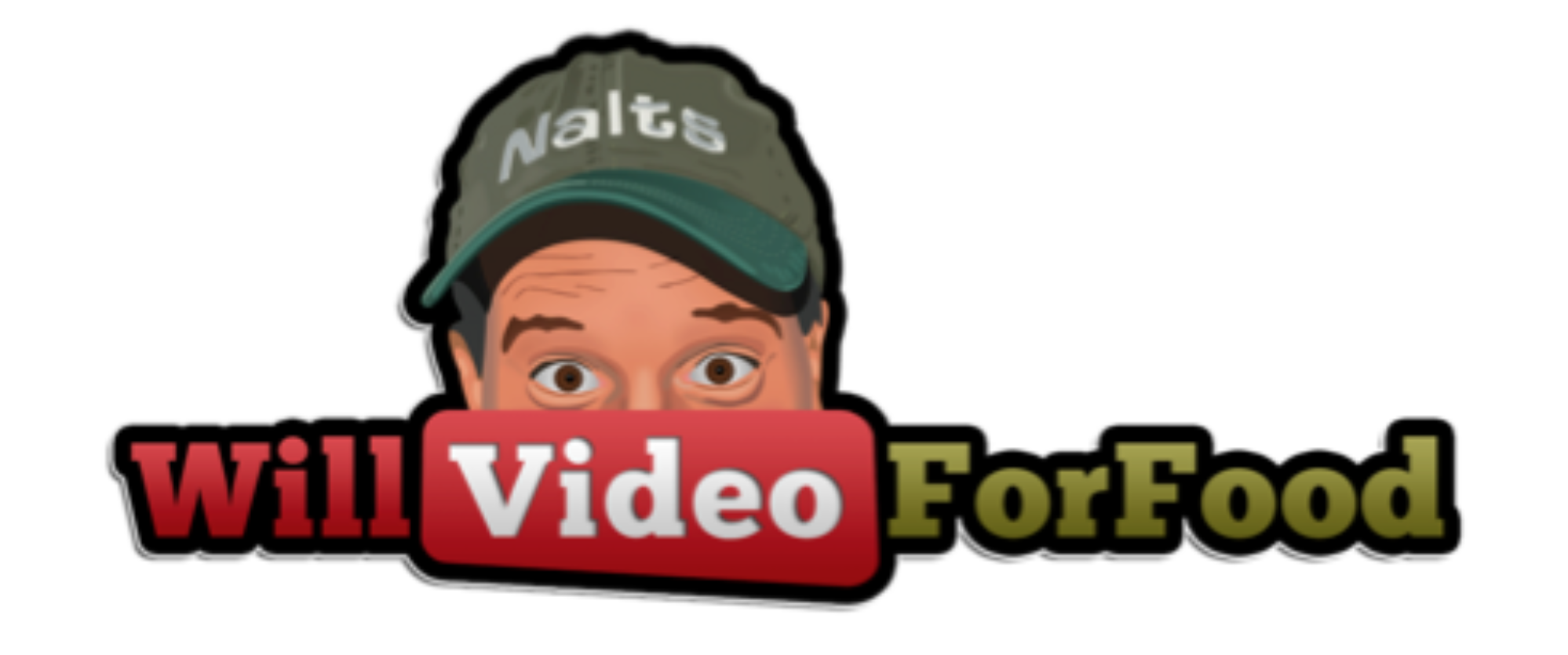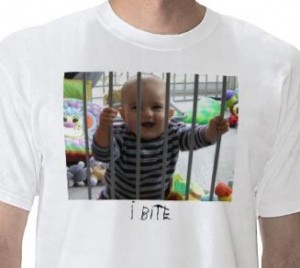“One-Hit Wonder” Viral Videos Earn Cash: David at Dentist, Numa Kid, Charlie Bit Finger
So you got lucky and had a video go “viral.” Now what do you do?
YouTube is now giving “one-hit wonders” a chance to become a YouTube Partner, where they’re eligible to earn a percent of advertising revenue from their videos. This may, of course, be frustrating to those who have applied for the Partnership program, but have been refused — most likely because some of their videos contain copyright infringements, but sometimes perhaps because their videos aren’t garnering enough views to make it worthwhile for YouTube or the Partner.
But it makes sense, as the “David After Dentist” story illustrates. And remember that this is not new. Revver helped EeepyBird fetch more than $35,000 from the Diet Coke & Mentos video in 2006.
About 2 weeks after “David After Dentist” went viral (now at 28 million views), I received a nice note seeking advice from David’s dad (Booba1234). “We are still trying to process all this,” he said. “I am not looking to exploit David in anyway. However, we don’t want to miss an opportunity IF there is one.”
He even offered to pay me for help, and I told him he was silly. I referred him to the YouTube Partner peeps, encouraged him to monetize it (hey, college savings), but I wasn’t sure he’d get approved. My e-mail note said: “If your video had been monetized (already), you would have made a few hundred bucks (at that point). The trick is that joining the YouTube Partner program takes some time, and sometimes requires more videos…”
I was thrilled to see Booba1234 was put on a “fast track” and is now a YouTube Partner… but I can’t take credit.
In retrospect, I realize how easy it must have been for YouTube to say yes. At nearly 30 million views, “David at the Dentist” video has probably been viewed more times than the entire history of many existing YouTube Partner channels. It’s not “charity” to help one-hit wonders monetize. YouTube also profited from the viral sensations as soon as it was able to include the video in partner content (where it fetches exponentially more dollars per view than the mass of other content on its site).
The lesson? If you hit the “viral lottery” with a video, apply for a YouTube Partner account as quickly as possible. While YouTube historically accepted only established video creators who were “most subscribed” or posted videos fairly frequently, the company is eager to monetize the “long tail” of video content… and frankly some of these “viral one-hit wonders” qualify as part of the “short tail.” BUT don’t waste a lot of effort creating more content unless you enjoy it, or you have more video that will interest the same audience who devoured your one-hit wonder.
While it’s nice for these viralizers to have residual income from one video, few “one-hit wonders” have succeeded in evolving that into a broader platform. For example, David’s dad has only about 15K subscribers, and has posted just a few videos since “David at the Dentist” went viral 7 months ago (January 2009). He is trying to monetize his classic moment in other ways: offering the video for sale (via download) for $1.99, and a link to a t-shirt website (http://www.davidafterdentist.com), which is currently dead.
Similarly, the famed Gary Brolsma aka “Numa Numa kid” will enjoy continued revenue from his one-hit wonder (assuming they find his original and not the myriad of ripoffs). And his “return” video fetched a nice 13 million views. But his new channel (NewNuma) has under 35,000 subscribers and is basically distributing unrelated content by other creators, presumably who pay him for a cost-efficient way to access his residual audience.
And look at Cynthia Holmes’ Otters Holding Hands, which has partner ads but sits in a channel with fewer than 500 subscribers. She’s posted more videos of her kids, but they’re not getting noteworthy views.
Then there are some one-hit wonders like “Evolution of Dance” (YouTube’s most-viewed video) that infringes on copyrights and can’t likely be monetized. And dancer Jason Laipply has done precious little to extend his platform since (unless you count a sponsorship for Stopain under the guise of being an arthritis foundation video, which was viewed under 50,000 times.
An exception? The parents of “Charlie Bit My Finger” have an account, HDCYT, with 57,000 subscribers, and have continued to post well-viewed videos ranging from cute new ones to television recaps about Charlie. He’s also selling t-shirts. Perhaps there’s something enchanting about watching these kids grow up… a sharp contrast from the awkward return of Numa Numa or unrelated sequels to a cute otter moment.




 Furthermore I could make up data and not attribute quotes, but I’ve…
Furthermore I could make up data and not attribute quotes, but I’ve…
Harsh
Paying for one-hit wonders is a precarious proposition.
At Metacafe the Producer Rewards program backdated CPM payments to the first view even though videos were only accepted into the program after they crossed a threshold. The problem, of course, was that it was totally unsustainable. Very few advertisers would touch UGC even once a video had achieved a measure of popular success. The UG-viral hits in this article share another common theme in that they are totally inoffensive, which adds a layer of complexity to anyone planning on making something go viral in order to get paid.
I’m sure that’s part of your charm too Nalts–watching your children grow up while you grow old (but still refusing to grow up).
Daniel- good point. UGC isn’t easy to sell, and will advertisers see the “Partner” content as “premium/safe” if the latest viral fad is among them? I’m sure they’d deny raunchy stuff that advertisers want to avoid… but it does feel weird to lump Discover and Otter’s Holding Hands in the same category.